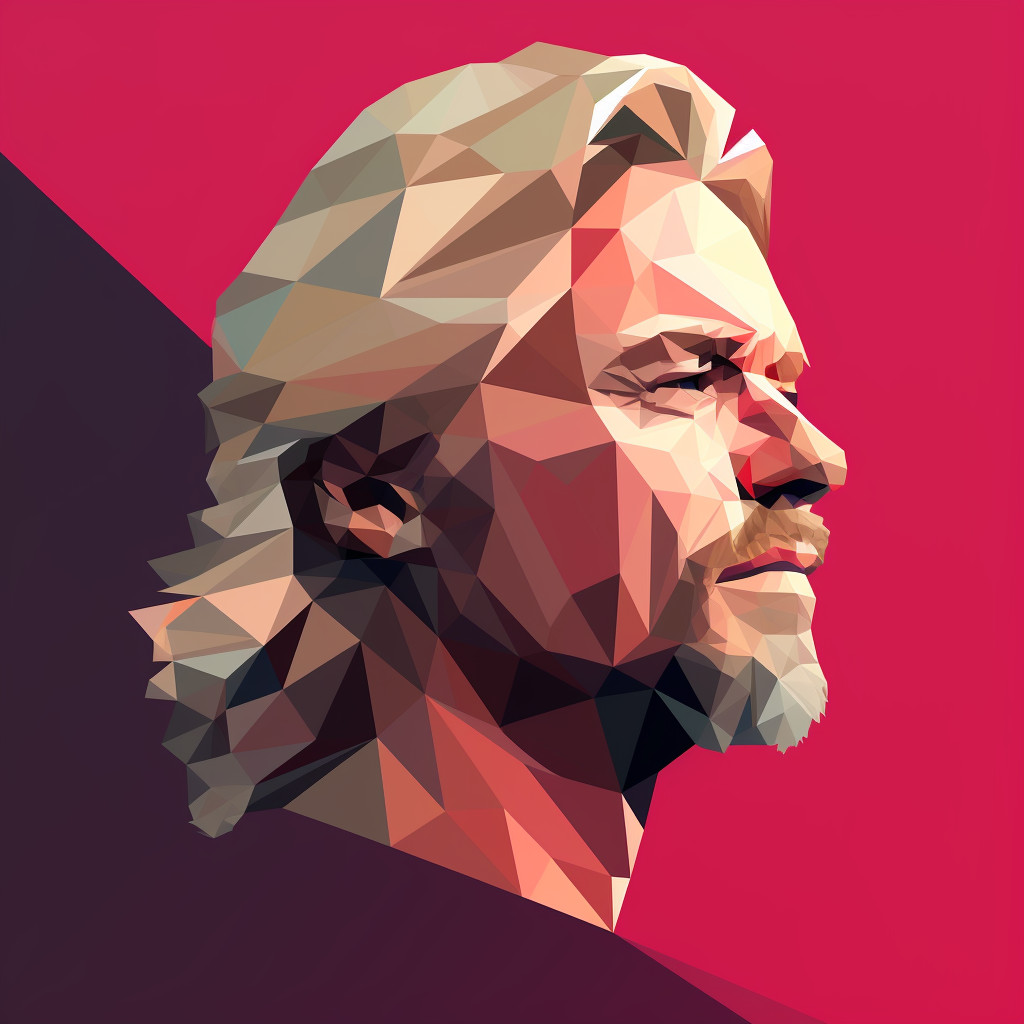“The best way of learning about anything is by doing” is a quote that emphasizes the importance of experiential learning. It suggests that true understanding and knowledge come from active engagement and practical application, rather than passive absorption of information.
This quote can be interpreted on multiple levels. On a basic level, it highlights the idea that we learn more effectively when we are actively involved in the learning process. This might mean hands-on activities, projects, or experiments that allow us to apply what we’ve learned in a practical context. This form of learning is often more engaging and memorable than theoretical learning, as it allows us to see the concepts in action and understand their real-world implications.
On a deeper level, the quote suggests that learning is a process of discovery and experimentation. By “doing”, we are not just applying what we’ve learned, but also testing it, challenging it, and potentially discovering new insights or perspectives. This process of trial and error can lead to a deeper, more nuanced understanding of the subject matter.
In today’s world, this quote is particularly relevant. In an age of information overload, it’s easy to passively consume knowledge without truly understanding or retaining it. However, by actively engaging with the information – by doing – we can develop a more meaningful and lasting understanding.
In personal development, this quote can be a powerful reminder to step out of our comfort zones and learn by doing. Whether it’s learning a new skill, pursuing a new hobby, or tackling a challenging project, the act of doing not only enhances our knowledge but also builds our confidence and resilience. It encourages a growth mindset, where challenges are seen as opportunities for learning and development, rather than obstacles.
In summary, “The best way of learning about anything is by doing” is a call to action. It urges us to engage actively with our learning, to embrace challenges and experimentation, and to seek out opportunities for practical application. It reminds us that the most effective learning often comes not from passive consumption, but from active discovery and engagement.










